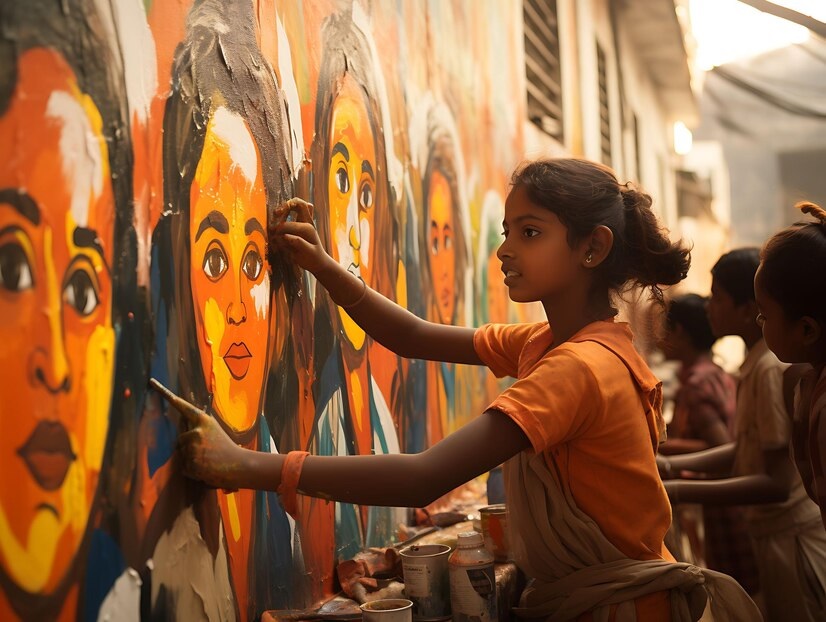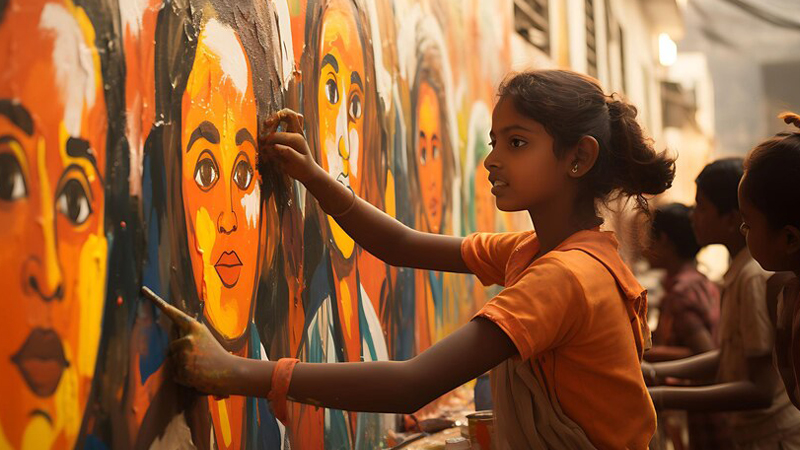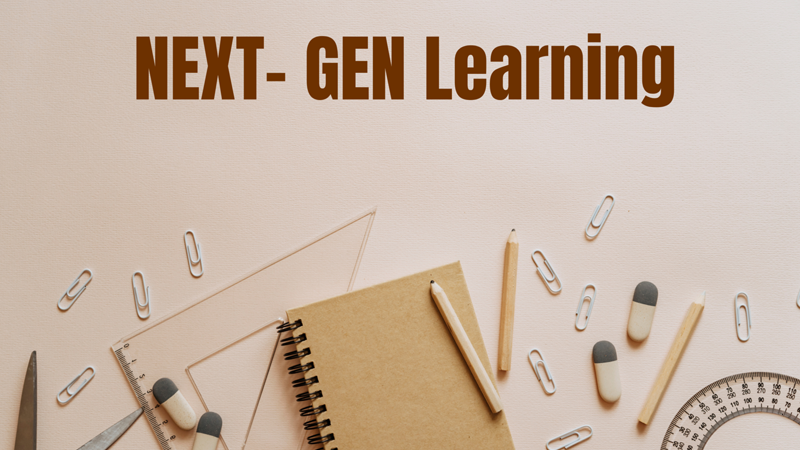
Visual learning is a style where learners grasp and remember information best when it’s presented visually. Think of images, diagrams, charts, and videos as their go-to tools for understanding new concepts. For these learners, visual aids like graphs and maps make complex ideas more accessible. They often use mental pictures and visual mnemonics to help with memory recall. Visual learners also tend to be strong readers and writers, taking detailed notes and using color-coding to organize information.
Their good sense of spatial awareness allows them to easily understand how things relate to each other in space. In classrooms, visual learners thrive with tools like flashcards, mind maps, and visual presentations. Teachers can make a big impact by using whiteboards, projectors, and visual displays. Digital tools, such as educational videos and interactive simulations, also play a crucial role in keeping visual learners engaged and making the learning process more effective. By understanding and supporting the needs of visual learners, educators can create a more inclusive and dynamic learning environment.
In contemporary education, however, there is a noticeable emphasis on text and theory. This approach predominantly trains students to read and memorize text, which often results in a superficial grasp of the material rather than a deep, comprehensive understanding. While reading is an excellent method for accessing vast amounts of information, it is most effective when complemented by visual aids or experiential learning, such as practical exercises. These methods engage multiple senses, enhancing the retention and applicability of knowledge. For example –

This book provides three types of information through visuals inspired by the Gond paintings of Madhya Pradesh. It details the characteristics of various entities such as fish, birds, the moon, and water, and narrates an engaging story that explores the emotions and functions associated with these creatures or objects. Its illustrations, can spark children’s curiosity about Indian art forms and cultural heritage. By engaging with the book’s geometric elements and storytelling, young children can develop an appreciation for traditional art and its connection to the natural world.
Visual learning primarily relies on our sense of sight, but it becomes even more effective when combined with other senses like touch, sound, smell, and taste. When all our senses work together, they create a richer, more memorable learning experience.
Sensory development is a foundational aspect of early human development, influencing how individuals perceive and interact with the world. Research underscores the importance of a stimulating, nurturing environment that provides diverse sensory experiences. These early experiences are crucial for developing sensory systems, laying the groundwork for future learning, behavior, and overall development. (Ayres, A. J. (1972). Sensory integration and learning disorders)
Learning shouldn’t be confined to classrooms. In India (Bharat), there have historically been learning centres that championed experiential learning and highly valued visual teaching methods. India’s educational traditions have always emphasized practical and hands-on learning, pushing beyond the limits of conventional classrooms. These methods have produced remarkable advancements in science and other fields. Just observing these achievements can cover a multitude of topics from textbooks and ignite a student’s curiosity to learn more. For example –

Visiting the Konark Sun Temple or making a model of it, allows students to experience firsthand how the monument’s architecture acts as a giant sundial. Observing the play of light and shadow throughout the day can solidify their understanding of solar movement and timekeeping concepts, Utilizing such sight seeing in teaching can spark curiosity in students, enabling them to grasp concepts that extend beyond textual explanations.
Integrating this rich visual heritage into modern classrooms can significantly enhance the learning experience. By introducing elements of India’s diverse and vibrant history, art, and materials, we can create a sensory-rich educational environment. This approach will stimulate the brain’s parietal lobe, which is responsible for integrating sensory information, thereby promoting cognitive development.
Such sensory-enriched learning will facilitate comprehensive growth and development in students. It will also bring textual content to life, fostering creative and critical thinking skills. By blending traditional and modern educational methods, we can provide students with a more engaging and effective learning experience, preparing them to utilize their knowledge in both present and future contexts.
These examples merely scratch the surface of the vast sensory experiences that India offers. They might remind us of familiar sights we’ve overlooked, urging us to draw deeper connections to the rich textual traditions we’ve read about. Think of your surroundings—the intricate patterns, vibrant colors, majestic buildings, ancient temples, and varied textures. These sensory encounters bridge the gap between our textual understanding and real-world experiences, enriching our appreciation of India’s cultural tapestry and allowing us to learn what goes beyond the text.




